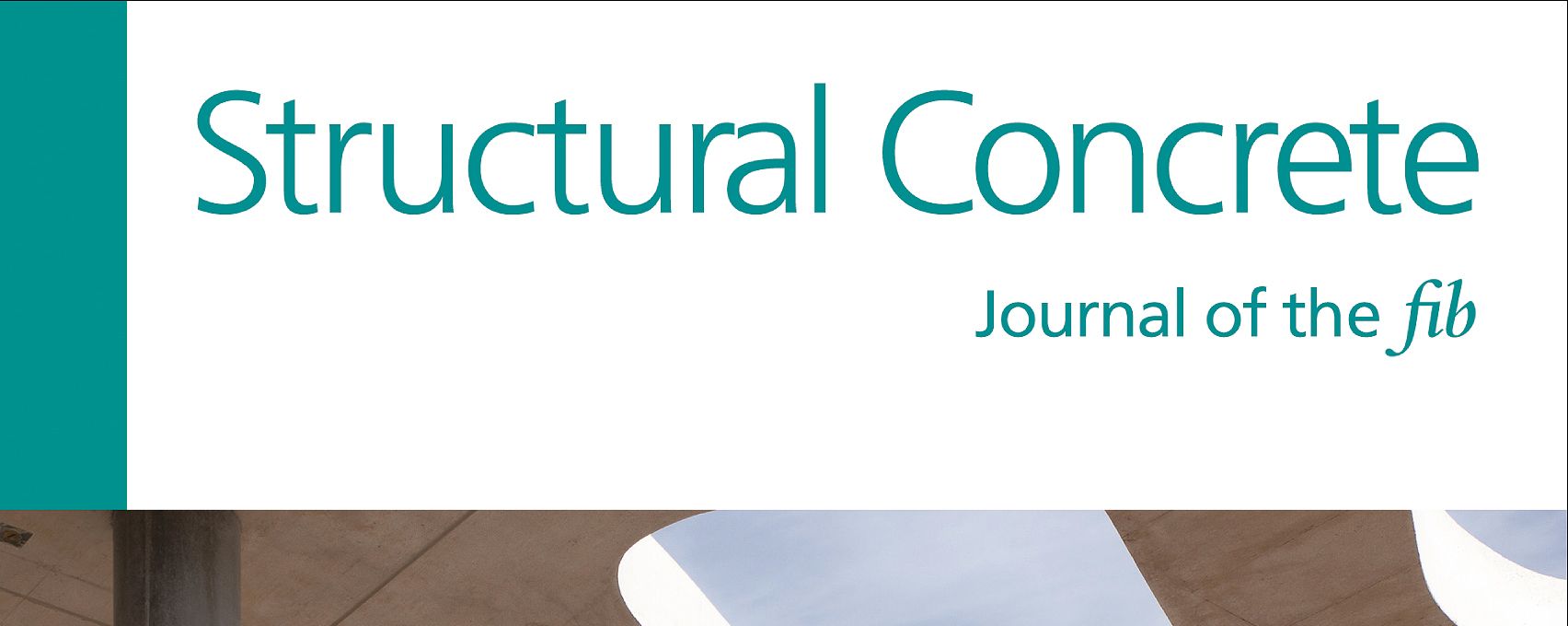Structural Concrete 1/2015: Further investigation of transverse stresses and bursting forces in post‐tensioned anchorage zones
 In the post-tensioned anchorage zone, the load transfer path of an anchor force can be visualized by an infinite number of isostatic lines of compression (ILCs). The method was initially proposed by Guyon and recently attracted significant interest from a number of researchers. Based on the work of these predecessors, an updated mathematical model has been proposed in order to analyse the bursting forces and the distribution of transverse stresses in the anchorage zone. Compared with the results of a finite element analysis, the updated equations are more accurate than the previous ones. Based on the observation that the sixth-order polynomial expression is better than the fourth-order one, as far as the solution of bursting stresses is concerned, it can be reasonably postulated that a de facto function of the ILCs must exist. Additionally, it is equally interesting that the bursting forces derived with the updated analytical model are the same as those obtained with the formula in the current AASHTO-LRFD Bridge Design Specifications based on numerical stress analyses.
In the post-tensioned anchorage zone, the load transfer path of an anchor force can be visualized by an infinite number of isostatic lines of compression (ILCs). The method was initially proposed by Guyon and recently attracted significant interest from a number of researchers. Based on the work of these predecessors, an updated mathematical model has been proposed in order to analyse the bursting forces and the distribution of transverse stresses in the anchorage zone. Compared with the results of a finite element analysis, the updated equations are more accurate than the previous ones. Based on the observation that the sixth-order polynomial expression is better than the fourth-order one, as far as the solution of bursting stresses is concerned, it can be reasonably postulated that a de facto function of the ILCs must exist. Additionally, it is equally interesting that the bursting forces derived with the updated analytical model are the same as those obtained with the formula in the current AASHTO-LRFD Bridge Design Specifications based on numerical stress analyses.


